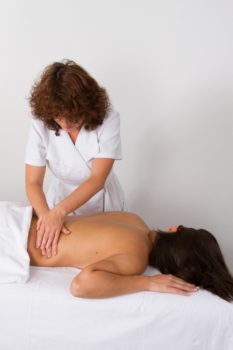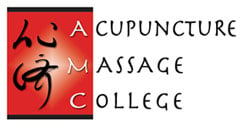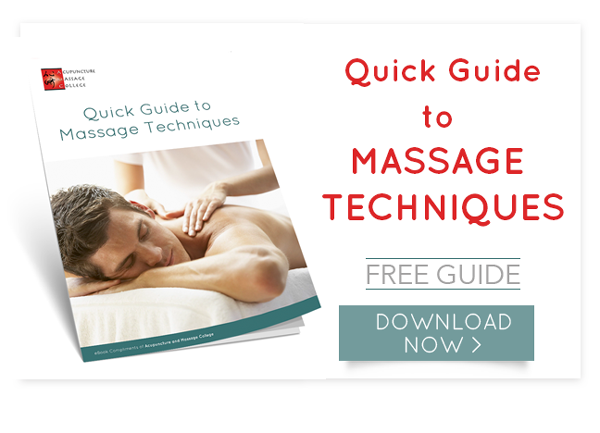 Tui na is a type of massage therapy often used in conjunction with acupuncture and herbalism in the practice of traditional Chinese medicine. Tui na (pronounced "twee naw") translates into “pinch and pull,” according to the University of Minnesota Center for Spirituality & Healing.
Tui na is a type of massage therapy often used in conjunction with acupuncture and herbalism in the practice of traditional Chinese medicine. Tui na (pronounced "twee naw") translates into “pinch and pull,” according to the University of Minnesota Center for Spirituality & Healing.
Chinese therapeutic massage therapy, which includes tui na, is an integral part of traditional Chinese medicine, which originated during the Shang Dynasty around 1700 B.C. Although massage therapy can be used for relaxation and pleasure, tui na aims to restore disharmonies within a patient by applying pressure to specific points on the body.
How tui na works
Tui na is based on the traditional Chinese medicine theory of qi, which is a life force energy that flows through channels in the body called meridians. The practice incorporates acupressure techniques to bring the body into balance, remove obstructions in energy pathways and increase the body’s vital energy.
Tui na treats and prevents disease through eight basic methods:
- Palpating (mo)
- Rejoining (jie)
- Opposing (duan)
- Lifting (ti)
- Pressing (an)
- Kneading (mo)
- Pushing (tui)
- Holding (na)
Similar to principles of acupuncture, tui na focuses on specific acupressure points, energy trigger points and muscles and joints surrounding the affected area in a patient.
The health benefits of tui na
Tui na plays a role in rehabilitation and health maintenance alike. It helps treat muscles, tendons and ligaments. Tui na can treat or complement the treatment of many conditions, including internal disorders, chronic stress-related respiratory ailments, shoulder and back pain, musculoskeletal disorders and joint displacement, and more. Tui na techniques also:
- Improve blood circulation
- Enhance joint mobility
- Heal soft tissue injuries
- Regulate nerves
Where tui na is practiced
Tui na massage therapy combines principles in the health care fields of anatomy, physiology, kinesiology, pathology and biomechanics. That means tui na is suited to practice in a variety of settings, including individual practices, hospitals, clinics and other health care environments.
Tui na is subdivided into specialized treatment for orthopedics, geriatrics, chiropractic care, physical therapy, sports medicine, energy work and massage therapy. Many martial arts schools also teach tui na for the treatment and management of injury and pain due.
Tui na focuses on treating specific ailments, rather than taking a more generalized approached. That makes the practice an ideal alternative to or an extension of Swedish massage and other massage methods that are commonly used in western cultures.
For more information about tui na massage therapy or Acupuncture & Massage College’s Massage Therapy program, which includes a specialization in Shiatsu massage, you can email our admissions department.

 (305) 595-9500
(305) 595-9500







